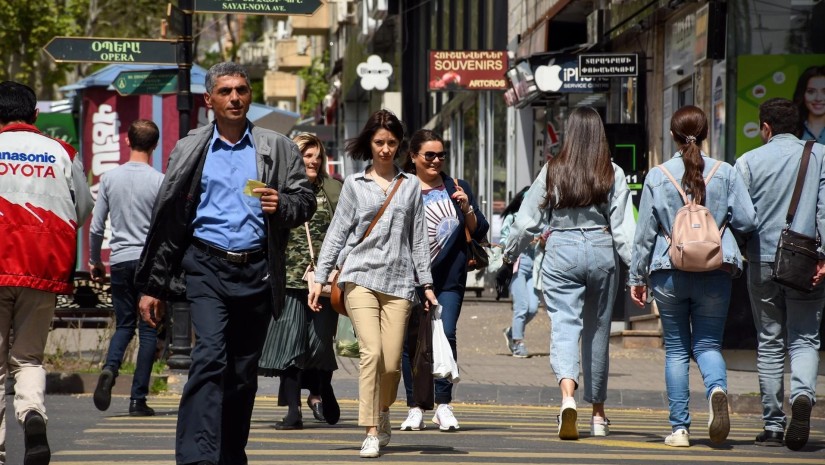The Armenian government has unveiled a comprehensive demographic strategy for 2024–2040, developed in collaboration with experts and supported by the United Nations.
This extensive plan, which took 2.5 years to create, aims to improve the demographic situation in the country and includes the implementation of 190 different programs with a total budget of $6.7 billion.
A key element of the new strategy is a system of tax incentives for families with children. According to the plan, families will be eligible for a certain percentage of tax refunds upon the birth of their first child. This percentage will increase with each subsequent child. The approach is designed to provide additional financial incentives for expanding families.
Special attention is given to supporting families who decide to have a third child. Research has shown that numerous factors currently reduce the likelihood of having a third child.
The government plans to introduce measures that will allow women to have a third child while remaining active in the labor market. The goal of these measures is to eliminate the need to choose between a career and family expansion.
Other key areas of the strategy include:
- Financial Support for Families with Children: By 2040, families with children are expected to be 20% wealthier than childless families, in contrast to the current situation.
- Comprehensive Support for Prospective Parents: This includes family planning and educational programs.
- Introduction of a "Baby Box" System: This is meant as a gesture of public recognition for newborns.
- Reforming the Childcare System: Childcare is to be viewed as socially significant work.
- Changes in Family Leave Policy: These changes will allow fathers to take a more active role in child-rearing.
- Incentives for Employers: These will encourage a more supportive attitude toward pregnant employees.
The Armenian government emphasizes that the country has 7-10 years to implement these measures before it faces demographic challenges similar to those observed in South Korea.
Annual investments in the strategy's implementation will exceed $380 million. Government representatives assert that this amount is "manageable" and that they are prepared to allocate these funds over the next 17 years. They note that they are already spending 82 billion drams (over $200 million) annually on demographic initiatives.
Earlier, BMG reported that the Statistical Committee of Armenia released new demographic data indicating that as of July 1, 2024, the country's permanent population reached 3,057,800 people, an increase of 112,300 from the previous year. Of the total population, 1,973,400 reside in urban areas, with more than half of the urban population—1,134,000 people—concentrated in the capital, Yerevan. The rural population stands at 1,084,400 people.
However, despite the overall population growth, there is a trend of declining birth rates. In the first half of 2024, 15,671 children were born in Armenia, which is 7.7% fewer than in the same period in 2023. Moreover, this decline in birth rates has been observed since the beginning of this year.
















